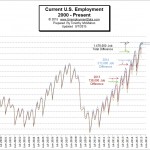
The full report of unadjusted numbers states that there were 141.794 million jobs in July down from 142.817 million jobs initially reported in June. At the same time they revised the numbers for June up to 142.839 million making the real loss of jobs -1,045,000. See Current Employment Commentary for more information.
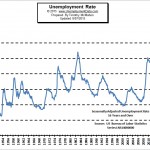
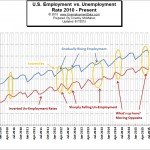
U3 vs. U6 Unemployment

Historical Employment Levels Compared to Recessions
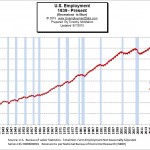
Generally, recessions correspond pretty well to declines in employment (i.e. increased Unemployment). This is especially true since unemployment is one of the major factors NBER uses to determine whether there is an official recession. See Employment During Recessions for more information.
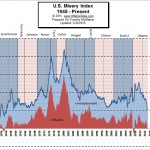
The two factors it uses are inflation and unemployment. High levels of price inflation (rapidly rising prices) will cause households to have difficulty affording the basic necessities while high unemployment will leave a high percentage of households without any income at all. High combined levels will cause havoc throughout the economy and a high level of distress, discomfort and political unrest. See Misery Index.
Seasonal Adjusting
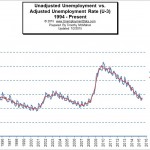
What is the “Real” Unemployment Rate?
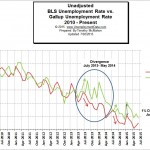
- Monthly Historical Unemployment Rates from 1948 through the present.
